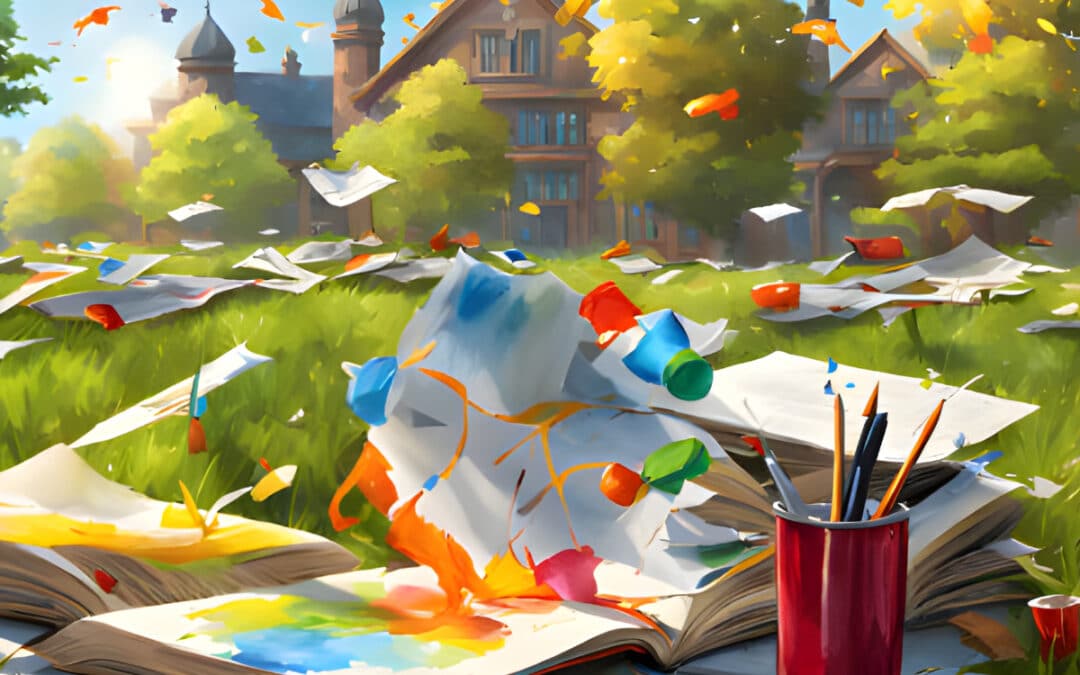Navigating the Artistic Journey:
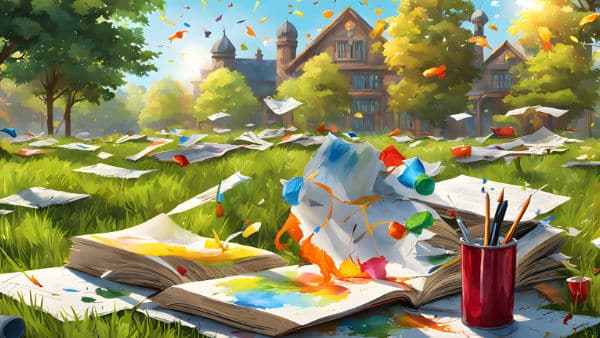
Arts play an important role in personal development. They can promote creativity, self-expression, and critical thinking. Developing a balance between art and academics helps to develop both emotional intelligence and intellect. Many students have difficulty finding a balance between art and academics in college. This is often because they are not fully aware of the benefits of art. The practice of art can impact academic performance in a positive way.
Benefits to the Brain of Artistic Expression
Being in college as an art student can sometimes feel like you’re torn between two worlds. On one side, you are trying to develop your artistic expression. But on the flip side, there’s the academic grind. You may then feel the acedemic grind needs to take the front row seat in order to get ahead. This may not be the case.
Numerous studies have shown that creative activities can enhance memory, pattern recognition, and problem-solving. For example a 2014 study published in The Public Library of Science (PLOS ONE) used fMRI scans to show that there’s increased connectivity in the white matter of adults’ brains who underwent art training, suggesting that art encourages neural plasticity. This increased connectivity is linked to improved cognition and problem-solving abilities.
If the academic essays and assignments get a bit overwhelming there are options available:
a) It might be a good idea to check out an essay writer helper online.
b) Reading essay examples on the best essay writing sites can help you find ideas and improve your essay structure.
c) An essay maker is an AI tool that can generate an essay on any topic in minutes.
d) An essay reworder tool can modify and improve your text. All you need to do is enter the text and click ‘paraphrase’.
These are quick and practical ways to ensure you’re allowing ample time to concentrate on your art projects while still acing those papers. Balance is key, after all.
Now let’s take a closer look at what the studies found about how art can help you improve yourself:
Develop Creativity Through Artistic Expression
Students learn creativity by expressing themselves in different ways. This can be liberating and open up new ways of thinking. Creative writing can open up a deeper understanding of others. Practicing music can help individuals to recognize and memorize patterns. Painting can help individuals examine things from a variety of perspectives. Many of the skills students develop through artistic expression have a good effect on their academic studies.
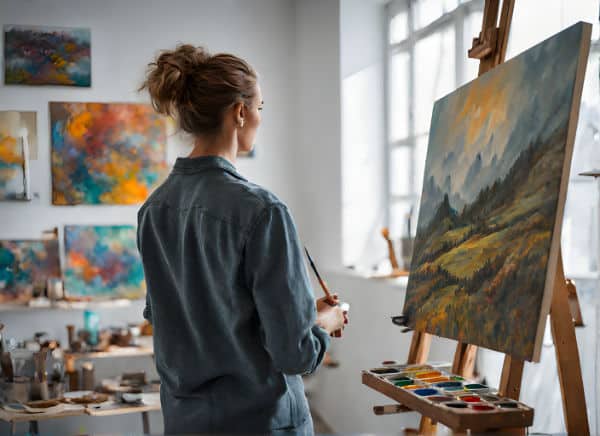
Learn Discipline and Time Management Through Art
Creating art often requires discipline and patience. Students of art have to think about perspective, shading, lighting, proportion, and so on. They have to apply layers to a landscape painting in a certain order to create harmony. Impatient actions can quickly ruin an artwork. They can take the process they use to create a piece of art and apply it to the adademic side of their training, for example when writing an essay. These tasks also require patience to work up a draft and then slowly improve on it until the final task is complete.
Art Integrates with Other Subjects
The arts aren’t stand-alone subjects. They often provide a great way to understand a number of different subjects. There’s a correlation between drawing and geometry. The math concept of repeating patterns correlates with music time signatures and meters. A student acting in a Shakespearean play has to understand the historical and cultural events of the time. When painting a wave, it helps to know the mechanics of how a wave is formed, and so on…
Artistic Expression Helps with Handling Stress
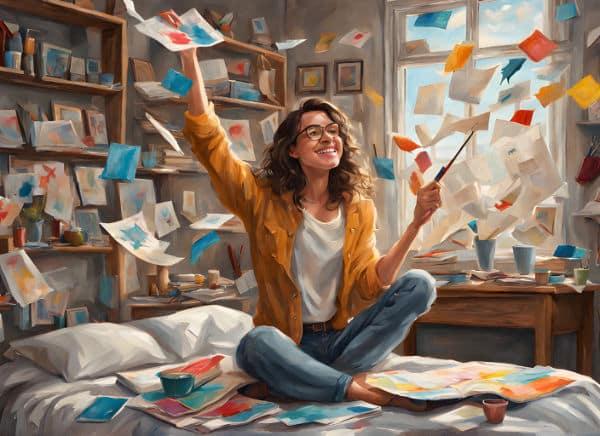
Rather than interfering with academics, taking time for art can help to relieve stress. Drama, music, drawing, etc. require students to draw on their emotions. They can release emotions that build up while they attend classes, study, and read assigned books and articles.
Their fears and anxieties can fade away as they immerse themselves in their art. Their self-confidence improves as their skills grow and they become more accomplished. This can translate into feeling more confident in their studies too.
Be Flexible in Your Approach
One of the ways to achieve a balance between art and academics is to take a flexible approach. If you are too rigid in your expectations, you may end up feeling like a failure in both areas. A flexible approach allows you to manage your overall sense of well-being. Equally distributing your time in all areas may simply be unrealistic. You need to manage your time in a way that gives you the opportunity to thrive.
You are usually aware of what you need most to stay healthy physically, mentally, and emotionally. If art helps to do this for you, you shouldn’t regret the time you spend on it. It doesn’t necessarily mean that your academics will suffer. In fact, your academic performance could suffer more if you are depressed and lacking motivation.
Conclusion
Pin Me
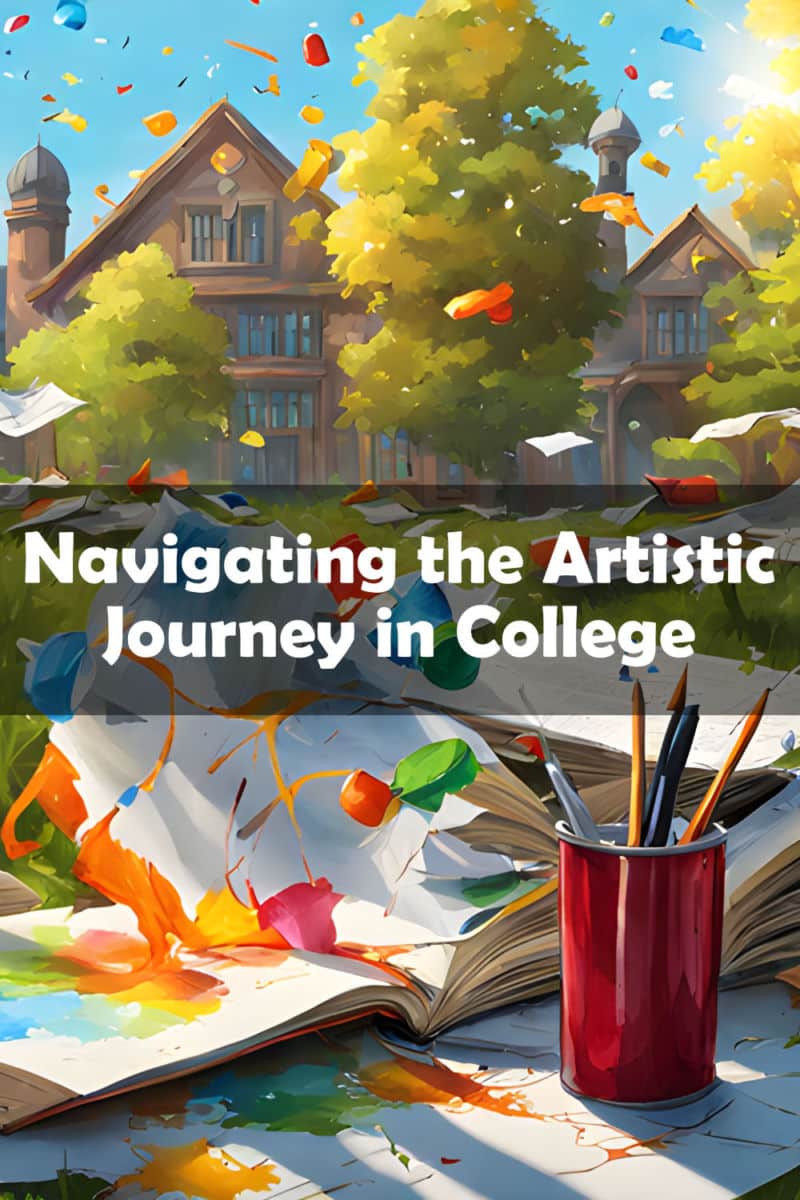
About the Author
Karl Bowman is a writer who redefines how writing is done in an era that is dominated by AI tools. With this high-level writing, he proves how important human touch is in writing and no tool can actually replace it. This is why students love to entrust him with their essays and thesis. He writes beautiful essay examples and sample research papers that are always A-grade.
